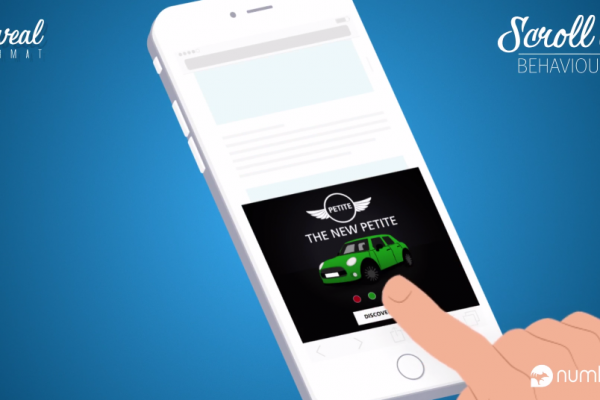The Next Challenges Mobile Advertising Will Have To Face

The Next Challenges Mobile Advertising Will Have To Face
This article was written by Jules Minvielle, CEO at Mozoo Group.
Every mobile player in this industry would love to believe it’s blue skies ahead for mobile advertising, without a cloud on the horizon. It is fascinating to see how 2014 has begun a tipping year for brands and agencies to finally seriously start thinking about mobile in their marketing strategy.
So far, the biggest drawback has been marketers getting the education needed for a successful mobile product and a successful ad campaign. In the end, there is a risk that key players in mobile marketing will execute advertising strategies without truly considering the user’s expectations.
Therefore, if the industry is willing to see advertising budgets in mobile close the gap between ad spend and time spent on these devices, there are a few more stimulating and thought-provoking challenges to face.
Seeking innovation to bring the most customised experiences on the most personal device
The main difficulty mobile intensifies compared to other media channels is the importance of genuinely understanding the audience advertisers are trying to reach. A smartphone and its user are one and it is therefore easy to appreciate why consumers view the appearance of an advertisement they have not chosen and that does not suit them as a real intrusion into their privacy. This is where our first thought-provoking challenge is. Mobile marketers must be aware of who the audience is, where consumers want to continue their experience and where the ads they serve will get the best exposure. To ensure mobile marketers are capitalising on the growth of the mobile advertising market, innovative formats and engaging ad experiences are key to a long-term success.
Mobile advertising formats should be fully re-purposed to fulfil the users expectations. When comparing engaging ad units to standard formats, it proves that branding and performance can work together. All you need is to steadily put the user at the centre of your mobile strategy.
The programmatic opportunity: mastering it to shape relevant mobile experiences
Most of us tend to forget that programmatic media buying arrived more or less at the same time on desktop and mobile. However, the focus has only been recent when it comes to how programmatic media buying is fundamentally reshaping the entire mobile advertising landscape.
As mentioned before, the nature of the mobile audience combined with the device itself is what makes it both unique and extremely interesting to reach. Ultimately, mobile programmatic technologies are giving the tools to ad buyers to find the right audience at the right time at the right price. However mobile marketers need to conclude the experimentation phase to overcome the mobile programmatic challenge.
Apart from providing brands with the flexibility to view performance and easily move around their budgets to increase conversions, the current state of mobile programmatic buying is standardising formats and mimicking what is currently being done on desktop, especially in terms of targeting.
Mobile marketers probably have the biggest mobile advertising revolution in their hands. All we need is mobile advertising experts to drive the mobile programmatic potential to its maximum.
The programmatic opportunity can be enhanced via the use of accurate data that boosts efficiency without compromising relevancy and the user’s privacy.
Mobile advertising is entering a new era, extending its compatibility with other media channels
Putting the user at the heart of advertising is to do advertising differently. Mixing creativity, meaningful mobile advertising experiences and functioning alongside other media channels is another tough challenge the industry is facing, probably the toughest one.
As an industry, it is our responsibility to imagine new visible formats that do not act as a drain on the user experience. For example, dual screening takes the conversation from the living room to the rest of the world and its profitability is noticeable.
TV advertising and mobile campaigns must move forward together as one relies on the other to ensure better user engagement. Multi-screen advertising solutions are now an opportunity for media agencies and it explains why mobile programmatic is an incredible opportunity in the market.
We believe that a TV synchronisation solution is not only empowering mobile activities, but also TV campaigns. As brands and agencies are now willing to target audiences where they are and not just on specific devices or through one medium, it is intelligent to have mobile advertising utilised in synchronicity with TV campaigns.
Through determination, a daring nature and creativity, a new wave of mobile marketers will give themselves both the means to change the power of mobile advertising and to enhance users advertising experiences on their mobile devices. It is necessary that the citizens of the mobile industry truly embrace the mobile media challenge and keep on working hard to make mobile become an advertising leader rather than a simple add-on to any media plan.



